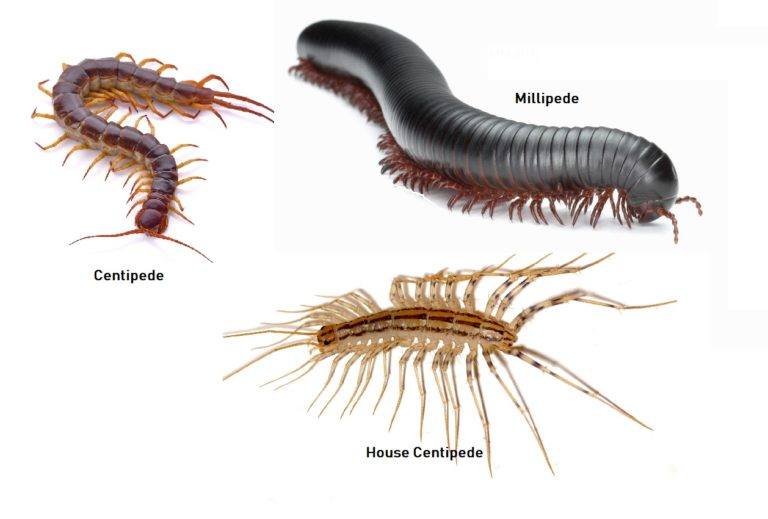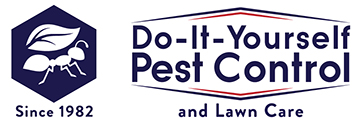
Get Rid of Millipedes
Learn how to get rid of and control Millipedes with professional pest control tips and products
Why Millipedes Come Inside
Millipedes are a common pest in most parts of the country. They are attracted to cool moist areas around houses, so they are frequently found in large numbers under mulch, pine straw, and leaves. They may crawl indoors in stress periods of hot, dry weather, seeking a moist and a more favorable environment. At times they can move indoors in large numbers and create a major nuisance. They don’t bite or carry disease but when populations are high they can be difficult to eliminate.
Identify Millipedes
Millipedes are oval, 1-1/2 inches long, segmented with many legs, coiling up when resting or dead.
Every millipede has two pairs of legs attached to each apparent body segment. Most millipedes are brown or black, but some species are orange or red.
Their diet consists of damp and decaying wood and plant materials. They may invade the house during too wet seasons.

- Millipedes are found outdoors in situations where moisture and decaying organic matter, such as under trash, grass clippings, mulch, rotting firewood, leaf litter, etc.
- Their diet consists of damp and decaying wood and plant materials. They scavenge, feeding on decaying organic matter.
- They invade the house during extremely wet seasons or extreme drought.
- Millipedes usually die within a few days of entering a structure unless there is a source of high moisture and a food supply.
- Millipedes are active at night.
- Centipede Identification and Control
How to Get Rid Of Millipedes
Chemical Measures
Insecticides Granulars
Bifen LP Granules can be applied to mulched flower beds and heavily thatched turf areas where millipedes may be living. Be sure to treat these areas during periods when millipedes are found inside the home in large numbers.
Repeated applications may be necessary to maintain control during periods of heavy millipede migration.
The Bifen LP granules would be an additional treatment around the house to serve as a barrier. The advantage of granule treatments in addition to liquid residual barriers is that they hold up under rainfall—repeat treatments of granules every three months.
Aerosols-Spot Treatments
For spot treatments: Use PT 211L, sprayed around doors and windows and other places where these pests may enter premises is another choice to spray in the smallest of cracks and crevices because it has a crack crevice tip. Repeat treatment of this aerosol once a month.
Liquid Insecticides
- Avesta CS, Onslaught Insecticide, Cyper WSP works well, sprayed 3 feet out, along the foundation, and 3 ft. up the exterior wall and sprayed around the entry points, like doors and windows. Avesta CS or Onslaught Insecticide do not leave a visible residue. Cyper WSP, as a wettable powder, leaves a visible residue that is noticeable against darker surfaces.
- Repeat treatments of these suggested liquid residual insecticides every 3 months or as needed.
Non Chemical Measures
- Millipede control begins outdoors by removing harbor aging places that hold moisture, such as wood debris, rocks, grass clippings, and leaf litter.
- Firewood should be stored off the ground.
- Lawns should be watered in the morning to promote drying by the afternoon.
- Flower beds should not be over mulched.
- Entry into a building should be prevented by sealing and caulking gaps around siding, windows, doors, pipes, wires, etc.
- Large numbers of these structure-invading pests are easily controlled by vacuuming and discarding the collected material.
Any of the pyrethroid insecticides work but getting the insecticide to the millipedes is the challenge. Centipedes are a bit easier as they don't go as deep in the soil. Even with centipedes, you may have to pull the mulch back from the foundation to expose the dirt.




